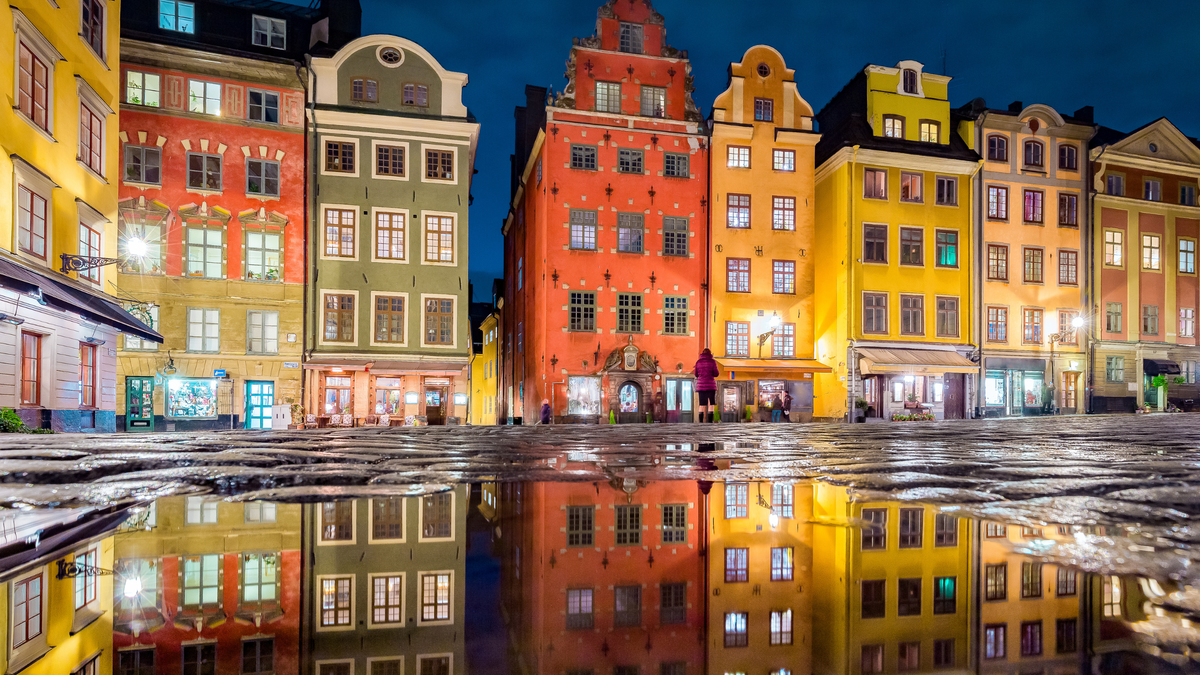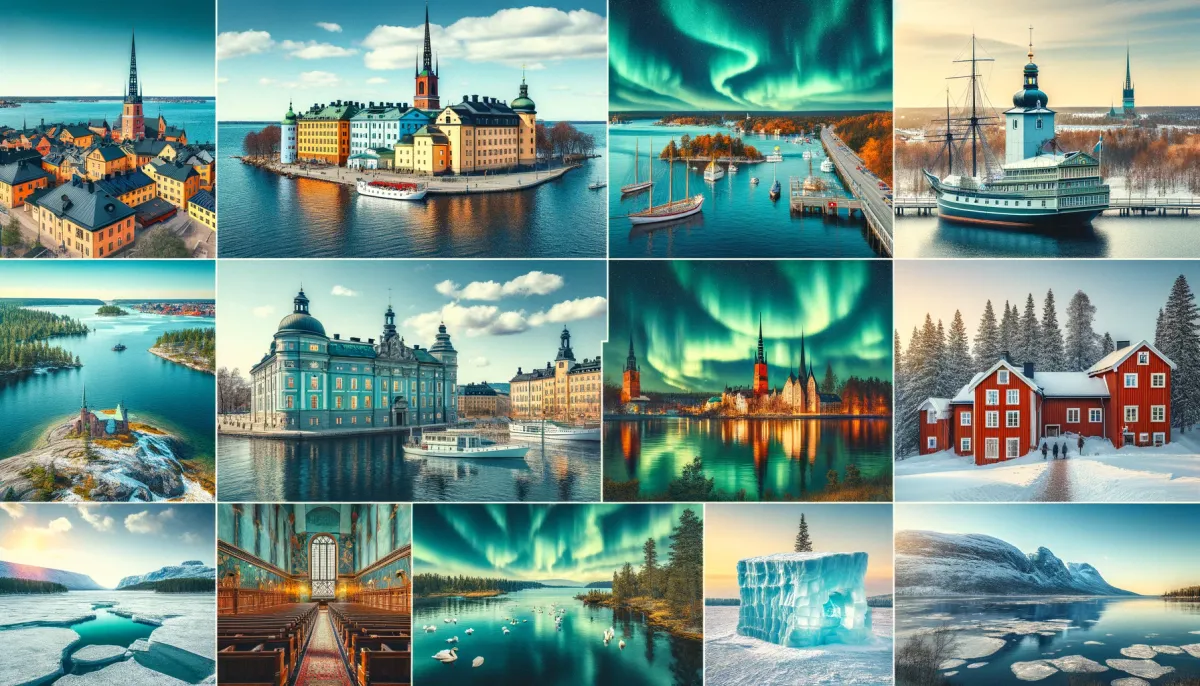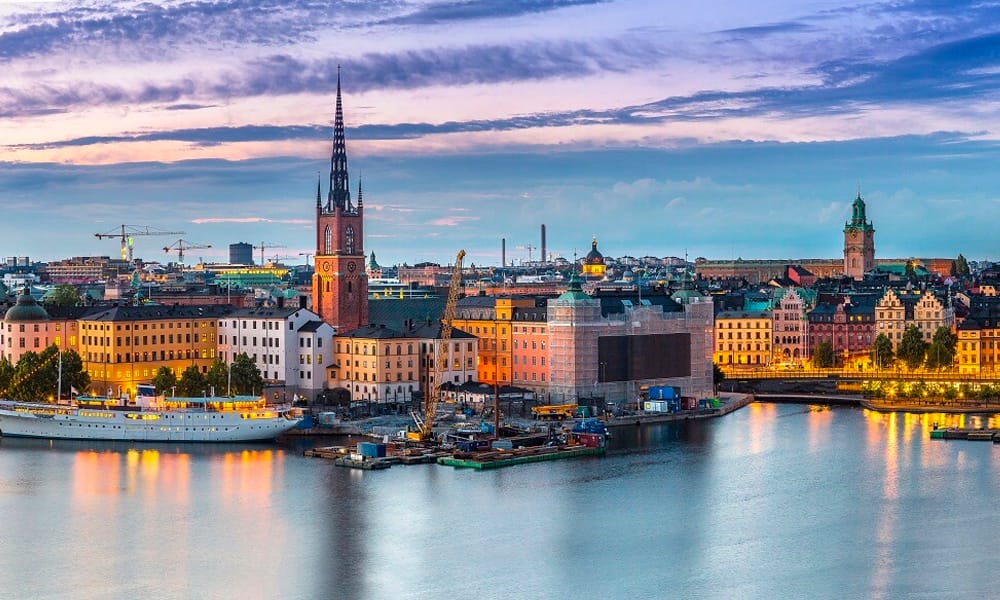Sweden Travel Guide: Adventure Is Waiting
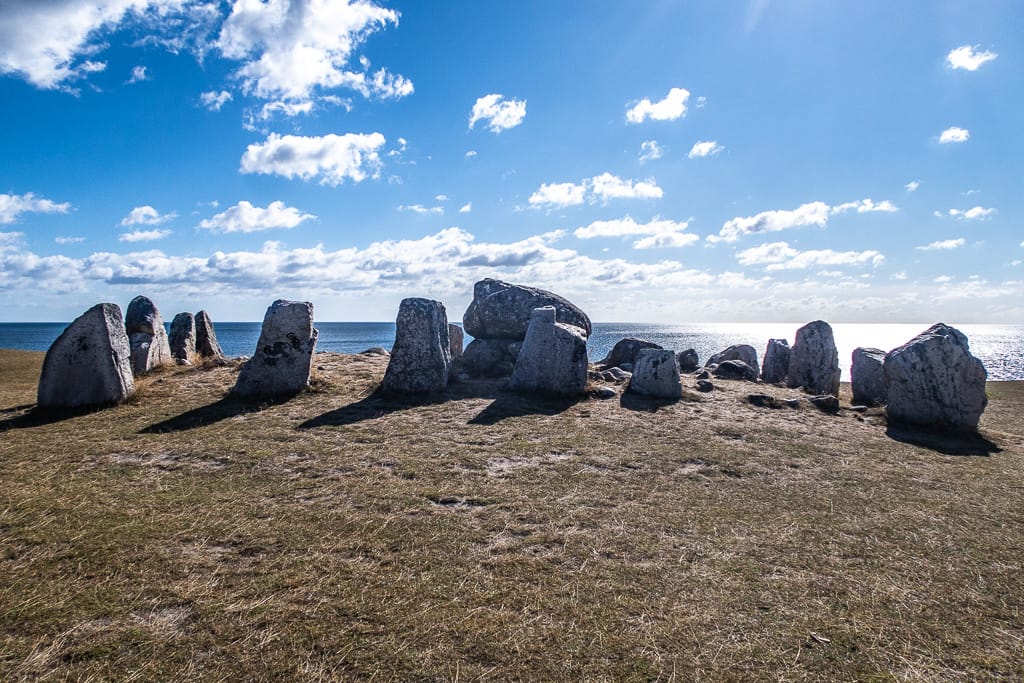
Sweden is a dream destination for travelers seeking a blend of vibrant culture and breathtaking landscapes. Let's dive into the a comprehensive travel guide for visiting Sweden, and fill your travel itinerary full of adventures.
When is the best time to visit Sweden?
The best time to visit Sweden is from May to September when the weather is mild and the days are long, especially during the magical Midsummer celebrations in June.
Peak Season
June to August is peak season. Summer brings warm weather, endless daylight (especially in the north), and festivals throughout the country.
Shoulder Season
May and September are shoulder months, ideal for fewer crowds and pleasant weather. It's great for sightseeing and nature without the peak season prices.
Off-Season
October to April is off-season, especially November through March, except in Lapland where winter tourism peaks due to northern lights and snow sports.
Weather and Seasons in Sweden
Sweden’s climate varies from temperate in the south to subarctic in the north.
- Spring (March–May): A slow thaw begins; days grow longer, especially in southern cities like Malmö and Stockholm. Northern areas may still have snow until late April.
- Summer (June–August): Warm and bright, with temperatures ranging from 15–25°C (59–77°F). The Midnight Sun is visible in the far north.
- Autumn (September–November): Cooler temperatures, vibrant foliage, and shorter days. Southern regions remain comfortable through early October.
- Winter (December–February): Cold and snowy, especially in the north. Temperatures often drop below freezing. Great for skiing and viewing the northern lights.
Popular Places To Visit In Sweden
Here are 8 of the most popular places to visit in Sweden, offering a great mix of history, nature, and culture:
Stockholm
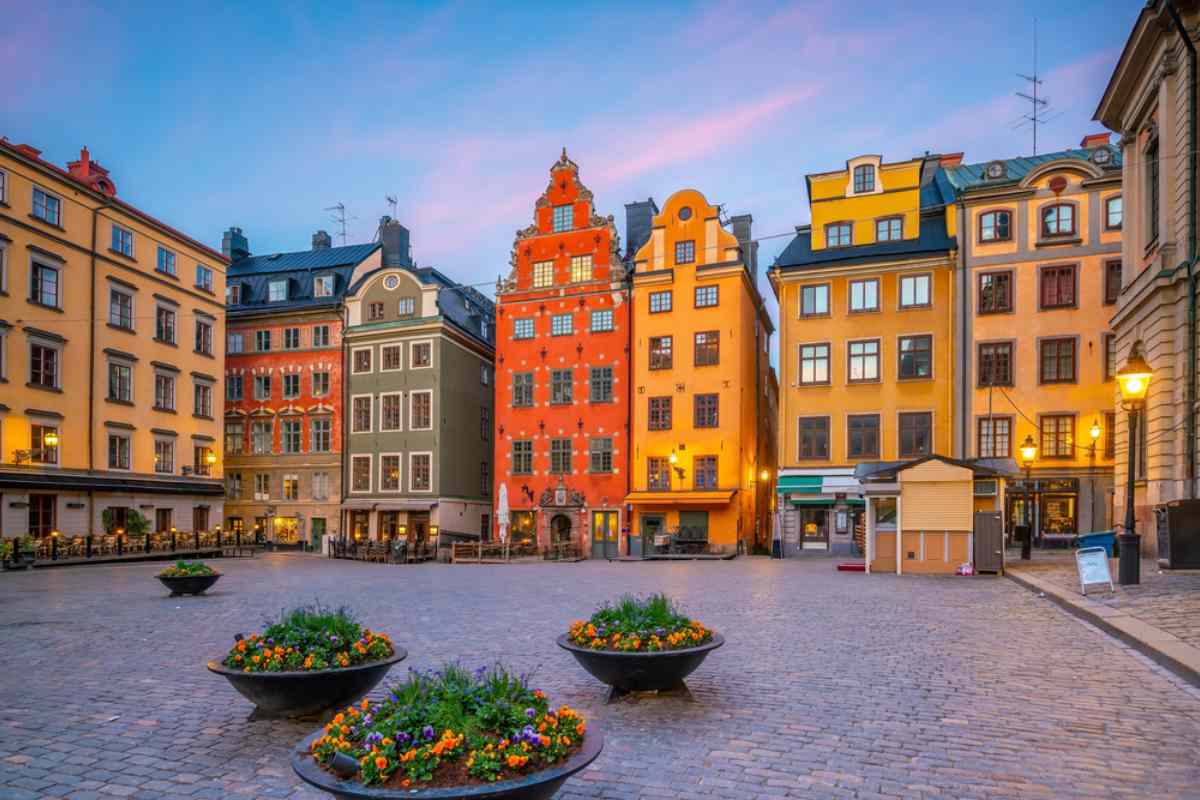
Stockholm blends historic charm with modern Scandinavian style in a way that’s easy to enjoy. The city sits across 14 islands, so you’re never far from the water, and it’s packed with things to do—like exploring the colorful Old Town (Gamla Stan), visiting unique museums like the Vasa Museum or ABBA Museum, or just relaxing at a waterfront café. It’s clean, walkable, and full of great food, design, and culture. Whether you're into history, nature, or just want a relaxed city vibe, Stockholm is a great place to start.
Gothenburg
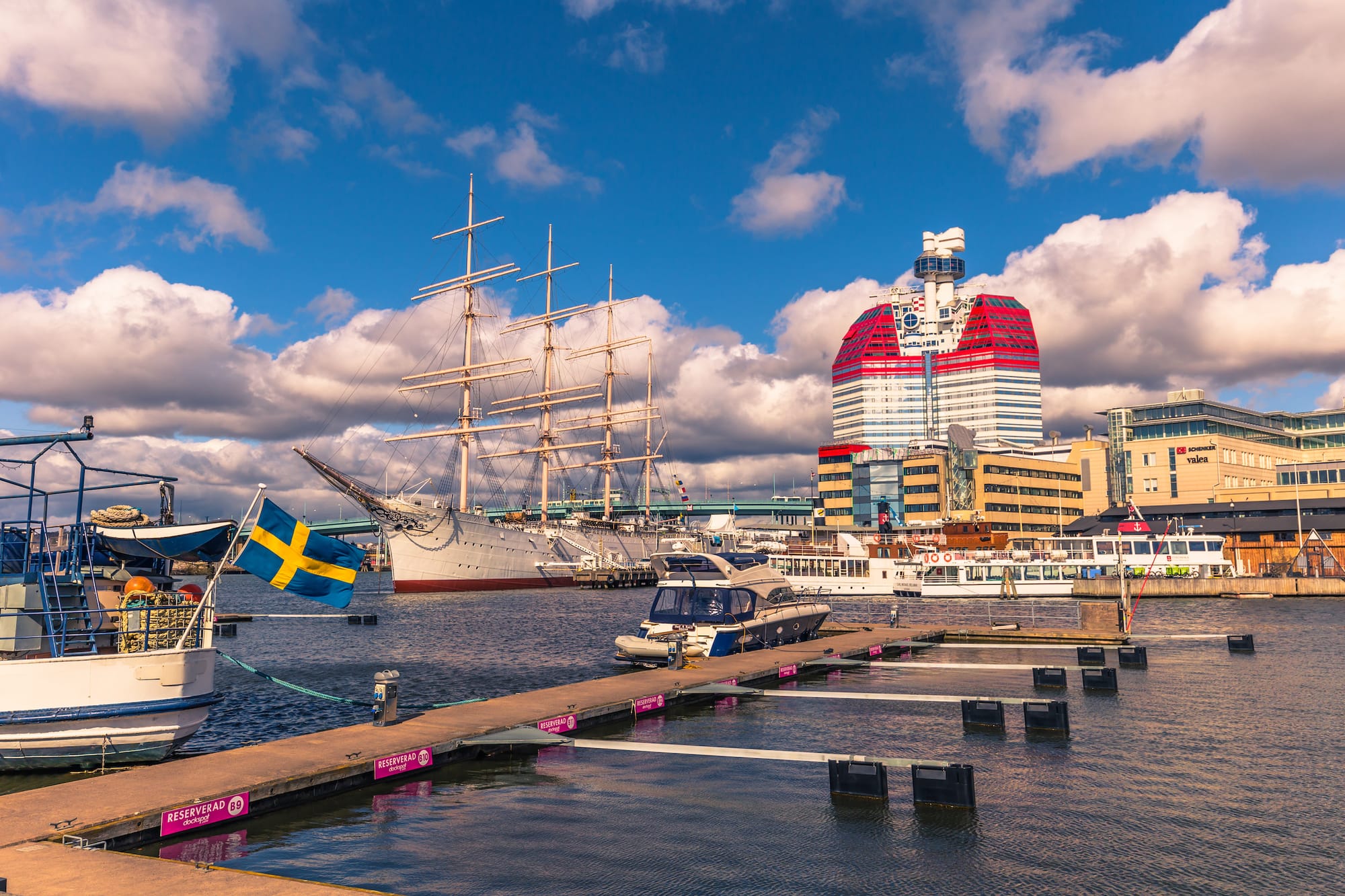
Gothenburg is a great choice if you want a more laid-back, local feel than what you’d get in Stockholm. It’s Sweden’s second-largest city, but it has a friendly, small-town vibe with great food, cool neighborhoods, and a strong connection to the sea. You can explore local seafood markets, take a boat out to the archipelago, or hang out in cozy cafes and indie shops in areas like Haga and Magasinsgatan. Gothenburg is also known for its food scene—especially fresh seafood and its Michelin-starred restaurants. It’s easy to get around, less crowded than Stockholm, and gives you a more relaxed, coastal side of Sweden.
Kiruna (Swedish Lapland)

Kiruna, located in Swedish Lapland, is one of the best places to visit if you're looking for a true Arctic experience. It’s known for its surreal winter landscapes, Northern Lights, and unique cultural mix of Swedish and Indigenous Sámi traditions.
Between December and March, it’s a top spot to see the aurora borealis, go dog sledding, or stay at the world-famous ICEHOTEL. In summer, you get the midnight sun, with 24 hours of daylight and access to remote hiking trails in nearby Abisko National Park. It’s also one of the only towns in the world being physically moved due to mining, which gives it a wild, frontier-like feel. If you want nature, adventure, and something totally different from big cities, Kiruna is it.
Visby (Gotland)
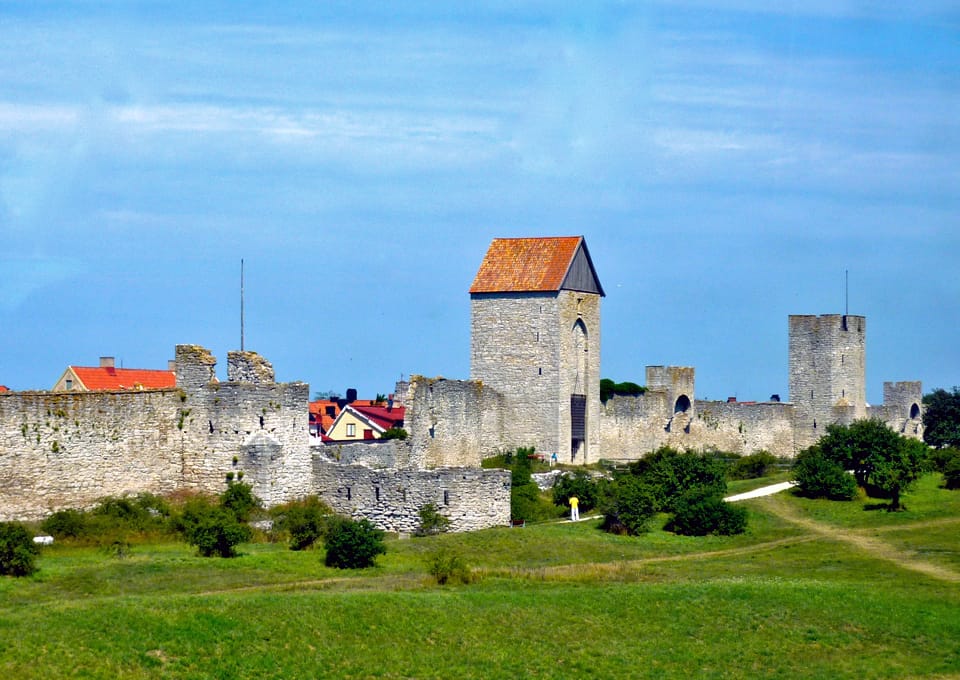
Visby, located on the island of Gotland, is one of the most charming places you can visit in Sweden. It's a UNESCO World Heritage site known for its incredibly well-preserved medieval town walls, cobblestone streets, and storybook architecture. In summer, Visby comes alive with outdoor cafes, rose-covered cottages, and views of the Baltic Sea that feel straight out of a postcard. It’s especially popular during Medieval Week in August, when the whole town turns into a living history festival. If you’re into history, beaches, and relaxed island vibes, Visby offers all of that in one spot—without the big-city crowds.
Uppsala
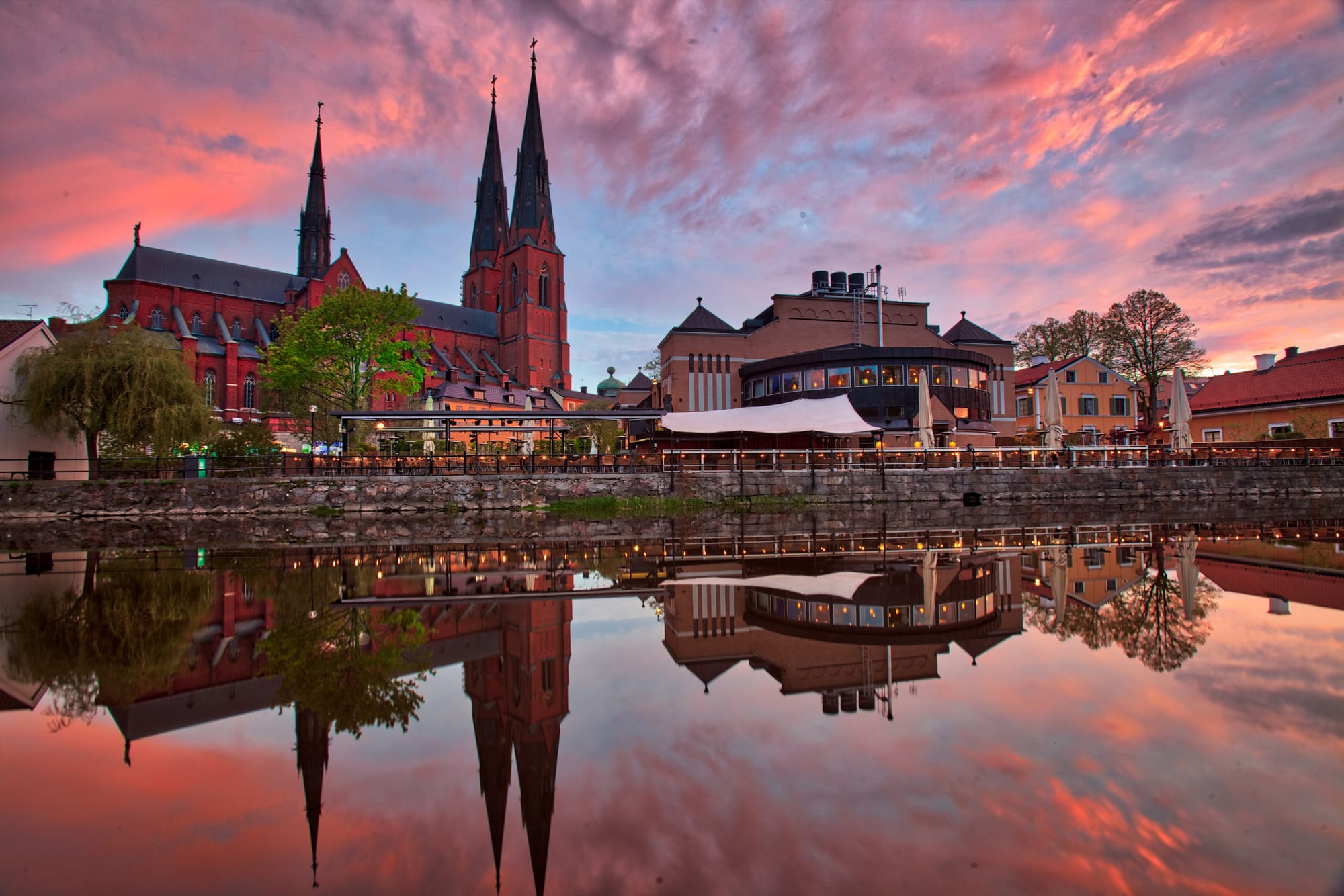
Uppsala is one of Sweden’s oldest cities and makes for a great day trip or weekend stop if you're visiting Stockholm—it’s just 40 minutes away by train. Known for its historic university (the oldest in Scandinavia), Uppsala has a strong academic and cultural vibe, with beautiful libraries, botanical gardens, and museums. The city’s skyline is dominated by the impressive Uppsala Cathedral, and you can also explore ancient burial mounds and ruins in Gamla Uppsala, just outside the city. It’s laid-back, walkable, and filled with green spaces, making it a peaceful but still interesting place to explore Swedish history, science, and architecture.
Malmö
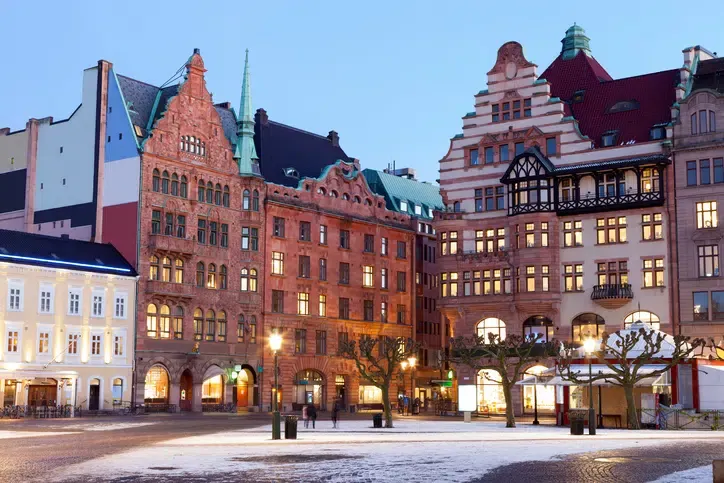
Malmö is a lively, modern city in southern Sweden that blends old-world charm with a multicultural, creative energy. Just across the bridge from Copenhagen, it’s super easy to reach and offers a great mix of Scandinavian and international culture. You’ll find a cool food scene, art galleries, and design shops, especially in neighborhoods like Möllevången. Malmö also has a laid-back vibe with plenty of parks, beaches, and bike paths, plus standout architecture like the Turning Torso. Whether you’re into food, design, or just want to explore a less touristy part of Sweden, Malmö is a fun and easy-going place to spend a few days.
Interactive map of Sweden, showing you where each of these destinations is located.
Best Way To Get Around Sweden
Sweden boasts excellent public transportation:
- Trains: SJ trains connect major cities quickly and comfortably. High-speed rail is efficient for long distances.
- Metro and Local Transit: Stockholm has an extensive metro, bus, and tram network. Gothenburg and Malmö also have great transit.
- Domestic Flights: Useful for reaching northern destinations like Kiruna.
- Car Rentals: Recommended for exploring rural areas or national parks.
- Ferries: Operate across the archipelagos and to neighboring countries like Finland and Denmark.
Frequently Asked Questions
What Currency Is Used in Sweden?
Sweden uses the Swedish Krona (SEK).
Is December a Good Time to Visit Sweden?
Yes, December is magical in Sweden, especially for winter lovers. Expect snowy landscapes, festive Christmas markets, and a chance to see the northern lights in the north.
Is Sweden an Expensive Place to Visit?
Yes, compared to other European countries, Sweden is relatively expensive, especially for dining out and accommodations. However, public transport a good value, and most of the natural attractions are free.
Other Popular Sweden Travel Articles
